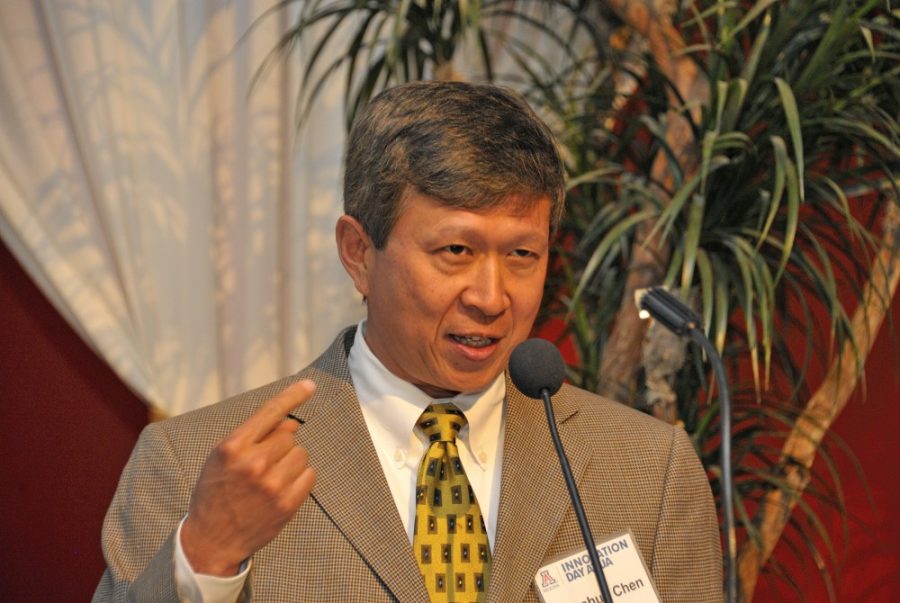Last week, the University of Arizona was named a Center of Academic Excellence in Cyber Defense Research by the Department of Homeland Security and the National Security Agency.
This designation was awarded to Eller’s School of Business’ Management Information Systems department and is following the UA’s newly created Masters program in Cybersecurity.
The CAE program was created in 1998 with the goal of reducing cyber vulnerabilities in our national infrastructure through higher education and research.
This program is jointly sponsored by the National Security Agency and Department of Homeland Security.
The CAE-R designation allows students attending certain universities to apply for scholarships and grants through the Department of Defense Information Assurance Scholarship program. Additionally, once students complete one of these programs, they will receive explicit recognition for their accomplishments.
Though this designation has been given to Eller’s MIS department, it is awarded on behalf of the entire university, giving students enrolled in any of UA’s cybersecurity programs the opportunity to apply for these federal grants and scholarships.
Before this designation, the MIS department already held a Scholarship For Service designation from the National Science Foundation as well as a Center of Academic Excellence in Cyber Defense Education, or CAE-CDE.
RELATED: Gone phishing for data: UA fights email scams
According to Hsinchun Chen, UA Regents professor of MIS and director of Eller’s Artificial Intelligence Laboratory, this designation came about due to the university’s SFS designation, ongoing cybersecurity research, cybersecurity publications and representation at cybersecurity conferences.
“That created the kind of activity that allowed us to get that designation,” Chen said. “And among [SFS designated universities], we are top of the line.”
One of the ongoing cybersecurity research projects is in Cyber Threat Intelligence, which identifies emerging threats in cyberspace, according to Chen.
A core piece of CTI is identifying which vulnerabilities individuals in hacker communities are exploring, and addressing those vulnerabilities before they can be exploited.
“You understand the hackers’ modus operandus to proactively protect your infrastructures,” Chen said. “Right now, I believe we have the largest collection of hacker-generated content in the world.”
One of Chen’s lead researchers in Cyber Threat Intelligence and Vulnerability Assessment is Ph.D student Sagar Samtani.
“What we have been doing is putting out a lot of cybersecurity related publications, not just in Dr. Chen’s lab, but all across the entire department,” Samtani said. “[This designation] really starts to shine a light in terms of the type of work that has been going on in the MIS department. Whether it be Cyber Threat Intelligence or Vulnerability Assessment, it brings a level of excellence and recognition to the department for the research we have been doing.”
Samtani said he believes this designation will not just bring in more educational opportunities, but also more research opportunities.
“Since this designation will give us a leg up in trying to get more funding, that funding will be reinvested in students, bringing in more students, bringing additional funding for them, bringing in additional infrastructure for them so that they can continue to do Cybersecurity research,” Samtani said.
Follow Brian Winkler on Twitter.









